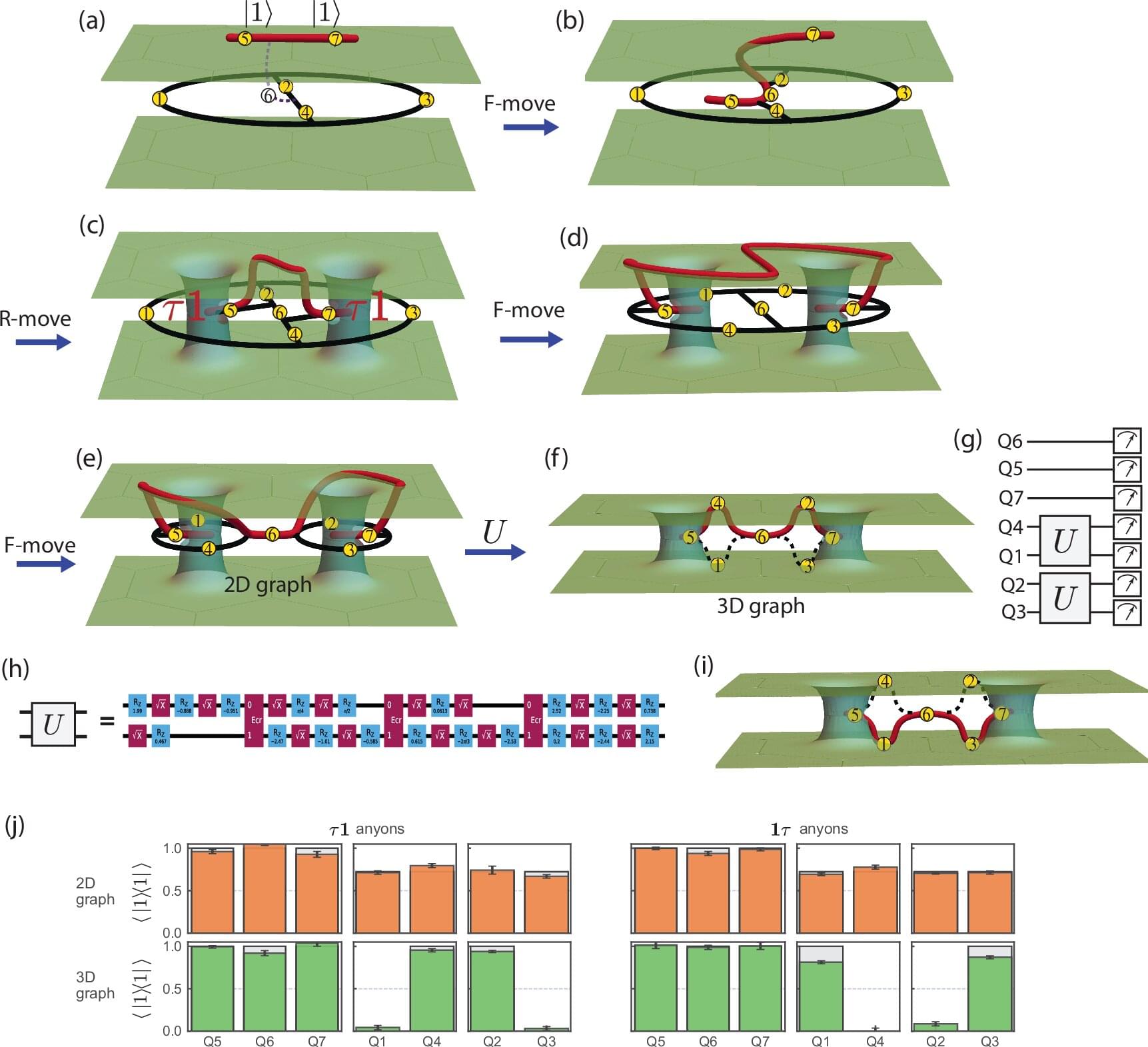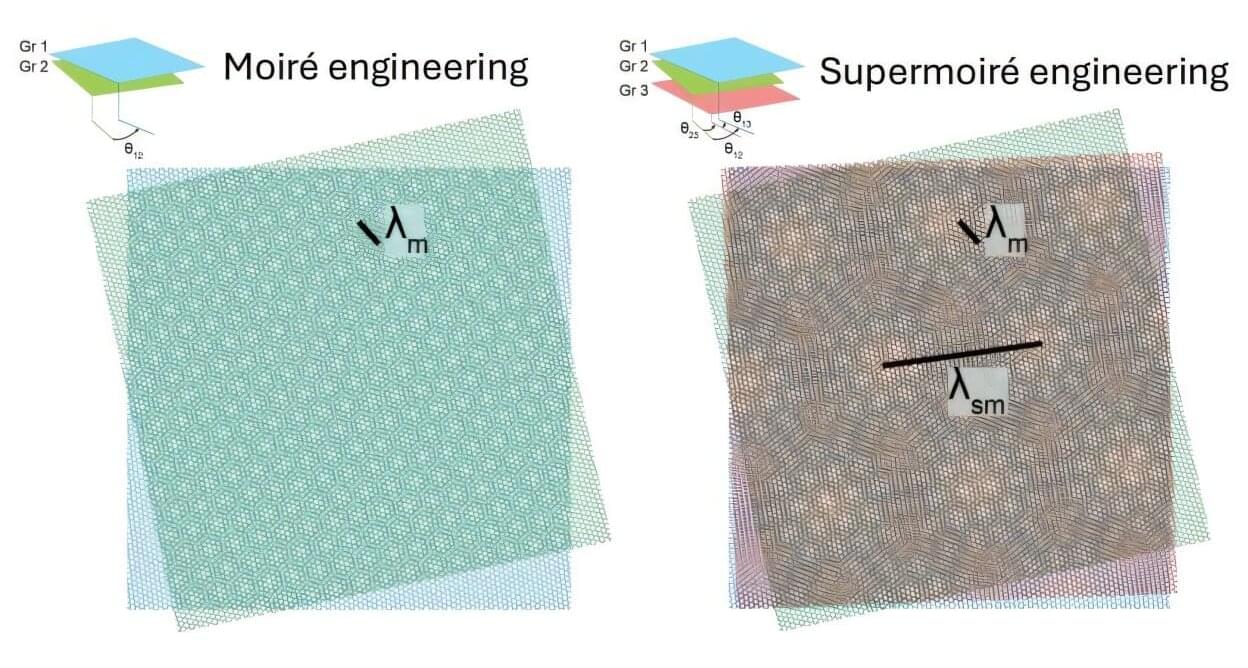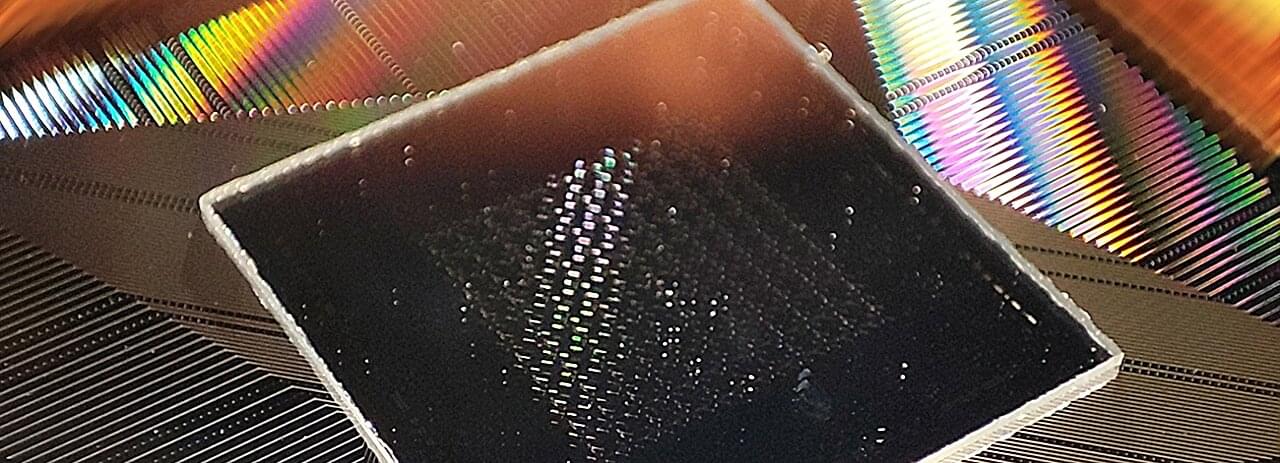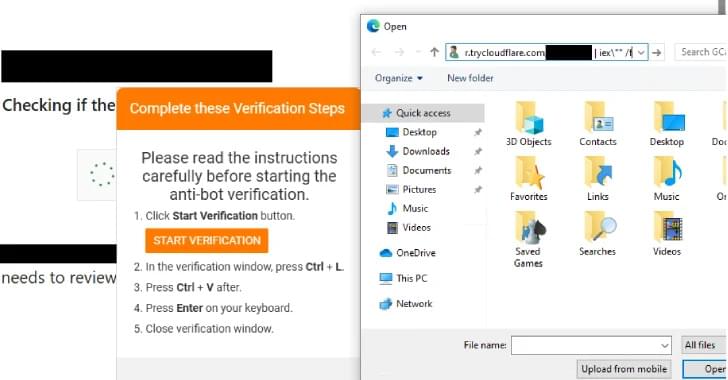The quantum computing revolution draws ever nearer, but the need for a computer that makes correctable errors continues to hold it back.
Through a collaboration with IBM led by Cornell, researchers have brought that revolution one step closer, achieving two major breakthroughs. First, they demonstrated an error-resistant implementation of universal quantum gates, the essential building blocks of quantum computation. Second, they showcased the power of a topological quantum computer in solving hard problems that a conventional computer couldn’t manage.
In the article “Realizing String-Net Condensation: Fibonacci Anyon Braiding for Universal Gates and Sampling Chromatic Polynomials” published in Nature Communications, an international collaboration between researchers at IBM, Cornell, Harvard University and the Weizman Institute of Science demonstrated, for the first time, the ability to encode information by braiding—moving in a particular order—Fibonacci string net condensate (Fib SNC) anyons, which are exotic quasi-particles, in two dimensional space.









